Nendo and Fritz Hansen embrace design synergy with new launch at Salone del Mobile
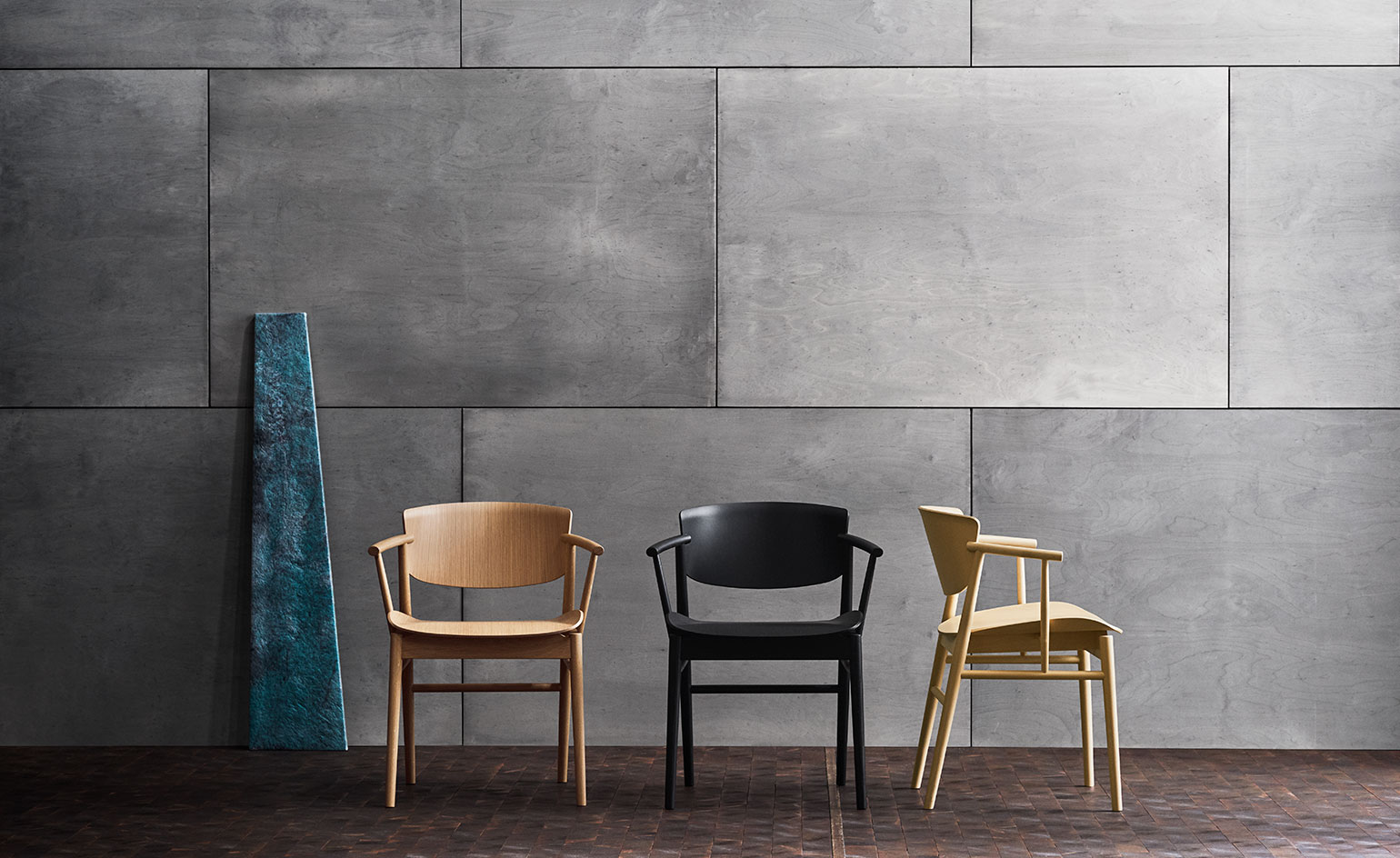
When design studio Nendo teamed up with manufacturer Fritz Hansen, they found they were speaking the same design language.
Set to launch at the Salone del Mobile (17-22 April), the N01 dining chair is a perfect meeting of Japanese and Danish design sensibilities. Its designer, Tokyo-based studio Nendo, worked closely with Copenhagen-based Fritz Hansen to create a strong chair with a lightweight appearance.
A gently curved seat and back panel are crafted from nine layers of veneer while the frame, with its subtle incline that embraces the body, is made from solid wood.
Remarkably, although the Danish brand is renowned for its expertise in plywood moulding (some of its most famous chairs such as the Ant and Series7 use the technique) N01 is the Danish brand’s first solid wood chair since the Grand Prix chair by Arne Jacobsen in 1957.
‘It was exciting to learn that,’ enthuses Oki Sato, founder of Nendo. ‘A wooden chair is not an easy product for a designer to make. It is one of the most difficult and one’s personal mentality or philosophy can be expressed through it. Our goal was to finalise a chair which is contemporary, yet maintains the traditional and historical feel of the brand.’
Every time the Nendo team visited Fritz Hansen’s workshop in Belgium – which was every month in the final stages – a new prototype was produced. Uncompromising, Nendo reviewed and refined the design at every stage before arriving at the perfect balance of strength and comfort.
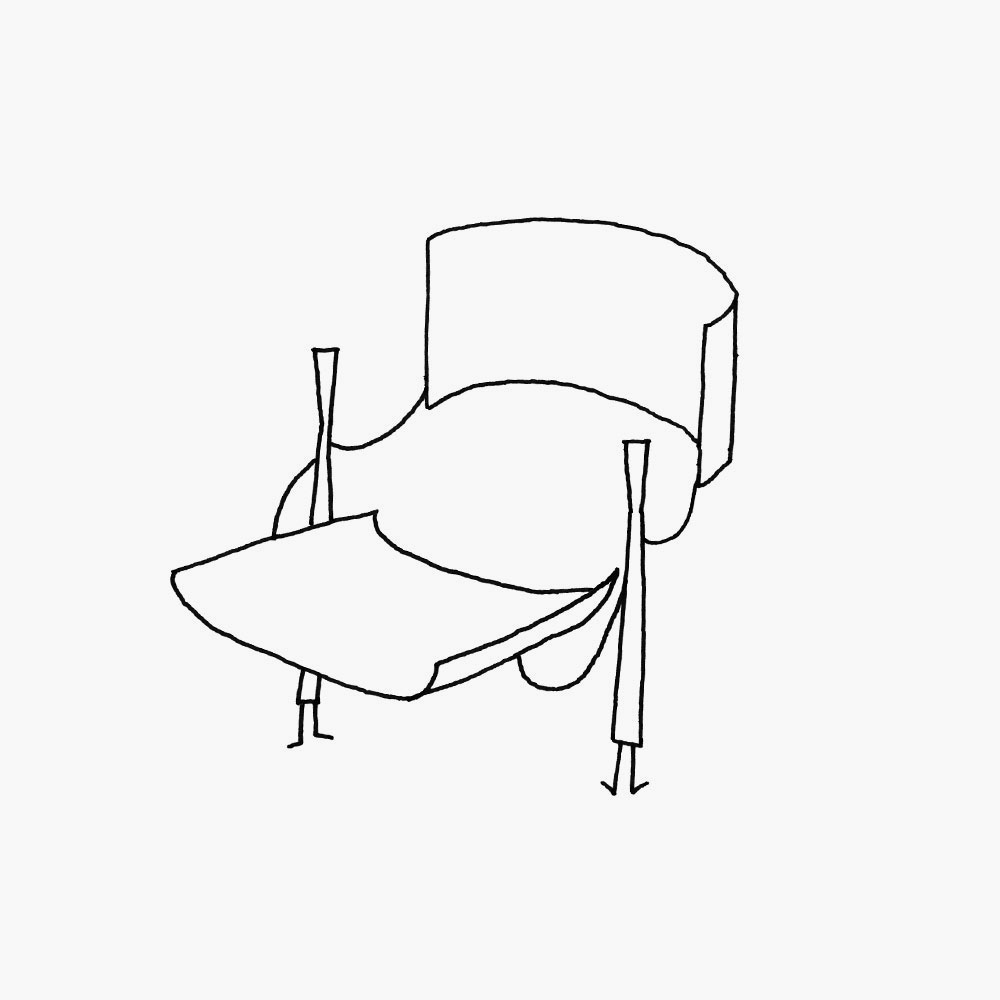
A sketch of the N01 dining chair by Nendo for Fritz Hansen
‘This productive process of product development was one of the highlights of my 15-year long career as a designer,’ reflects Sato. ‘It truly was a collaborative process between Fritz Hansen and us. As a result, I do not remember much about the first brief, and I am not even sure if I have actually designed the chair; I feel that we (Nendo and Fritz Hansen) made this chair together as a team.’
To create its appearance of lightness, the brand’s standard production processes had to be challenged. Ordinarily, the joint where the frame and shell meet is thickened to increase strength, which often results in an impression of heaviness. To prevent this, the teams worked together to create a joint that made the frame and shell appear as if they were touching as little as possible.
‘The difficulty with a wooden chair is that even a small change of size – for example even less than 1mm – can greatly change its appearance and level of seating comfort,’ explains Sato. ‘By changing the shape of the legs or the arms from that of a column to an ellipse, or by narrowing down the edge, or by giving a slight roundness or curve to it, the chair can be given a totally different character.’
The final design is comprised of 23 parts made from a mix of solid wood and veneer. Each piece crafted industrially at a family-owned wood manufacturer in Belgium founded 1924, before being assembled by hand at Fritz Hansen’s Belgium workshop. Its puzzle-like assembly ensures a seamless construction with even the smallest inaccuracies causing the production to start over.
‘If you sit on it, you will notice that this is a Fritz Hansen chair,’ concludes Sato. If you live with it, you will realise that this is pure Japanese design.
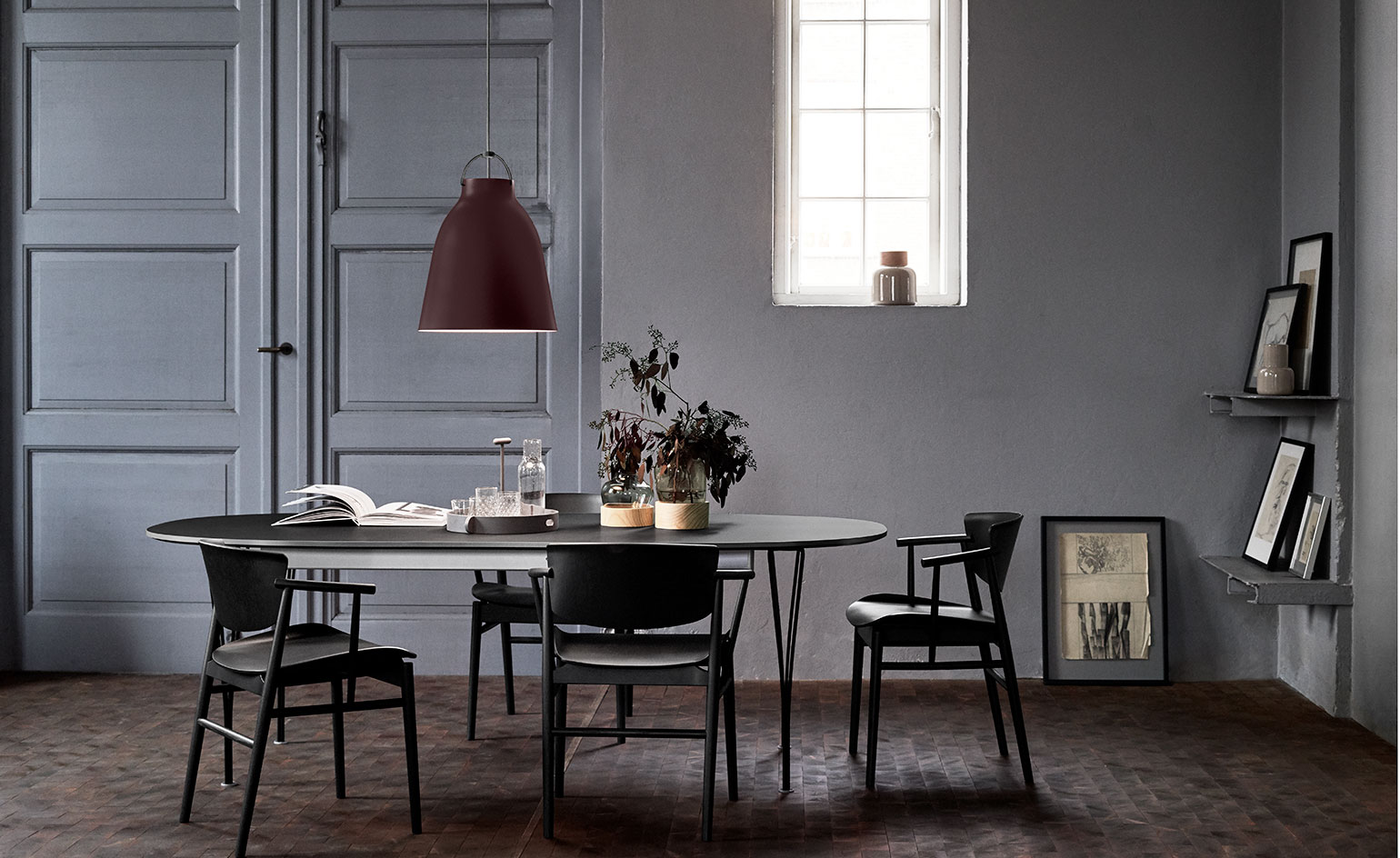
N01 is the Danish brand’s first solid wood chair since the Grand Prix chair by Arne Jacobsen in 1957
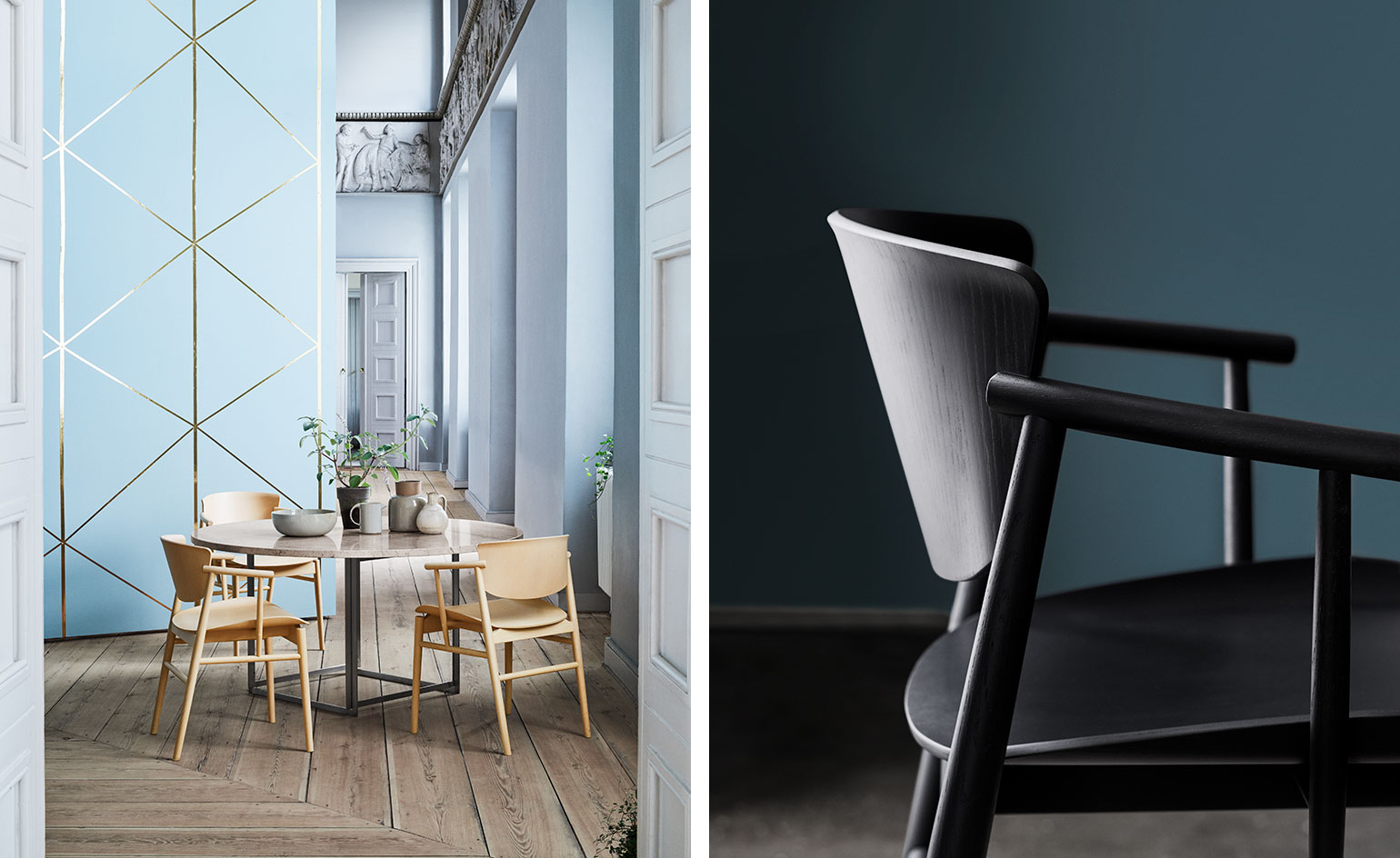
A gently curved seat and back panel are crafted from nine layers of veneer while the frame, with its subtle incline that embraces the body, is made from solid wood.
INFORMATION
For more information, visit the Nendo website and Fritz Hansen website
Wallpaper* Newsletter
Receive our daily digest of inspiration, escapism and design stories from around the world direct to your inbox.
Ali Morris is a UK-based editor, writer and creative consultant specialising in design, interiors and architecture. In her 16 years as a design writer, Ali has travelled the world, crafting articles about creative projects, products, places and people for titles such as Dezeen, Wallpaper* and Kinfolk.
-
 Australian bathhouse ‘About Time’ bridges softness and brutalism
Australian bathhouse ‘About Time’ bridges softness and brutalism‘About Time’, an Australian bathhouse designed by Goss Studio, balances brutalist architecture and the softness of natural patina in a Japanese-inspired wellness hub
By Ellie Stathaki
-
 Marylebone restaurant Nina turns up the volume on Italian dining
Marylebone restaurant Nina turns up the volume on Italian diningAt Nina, don’t expect a view of the Amalfi Coast. Do expect pasta, leopard print and industrial chic
By Sofia de la Cruz
-
 Tour the wonderful homes of ‘Casa Mexicana’, an ode to residential architecture in Mexico
Tour the wonderful homes of ‘Casa Mexicana’, an ode to residential architecture in Mexico‘Casa Mexicana’ is a new book celebrating the country’s residential architecture, highlighting its influence across the world
By Ellie Stathaki
-
 Eight designers to know from Rossana Orlandi Gallery’s Milan Design Week 2025 exhibition
Eight designers to know from Rossana Orlandi Gallery’s Milan Design Week 2025 exhibitionWallpaper’s highlights from the mega-exhibition at Rossana Orlandi Gallery include some of the most compelling names in design today
By Anna Solomon
-
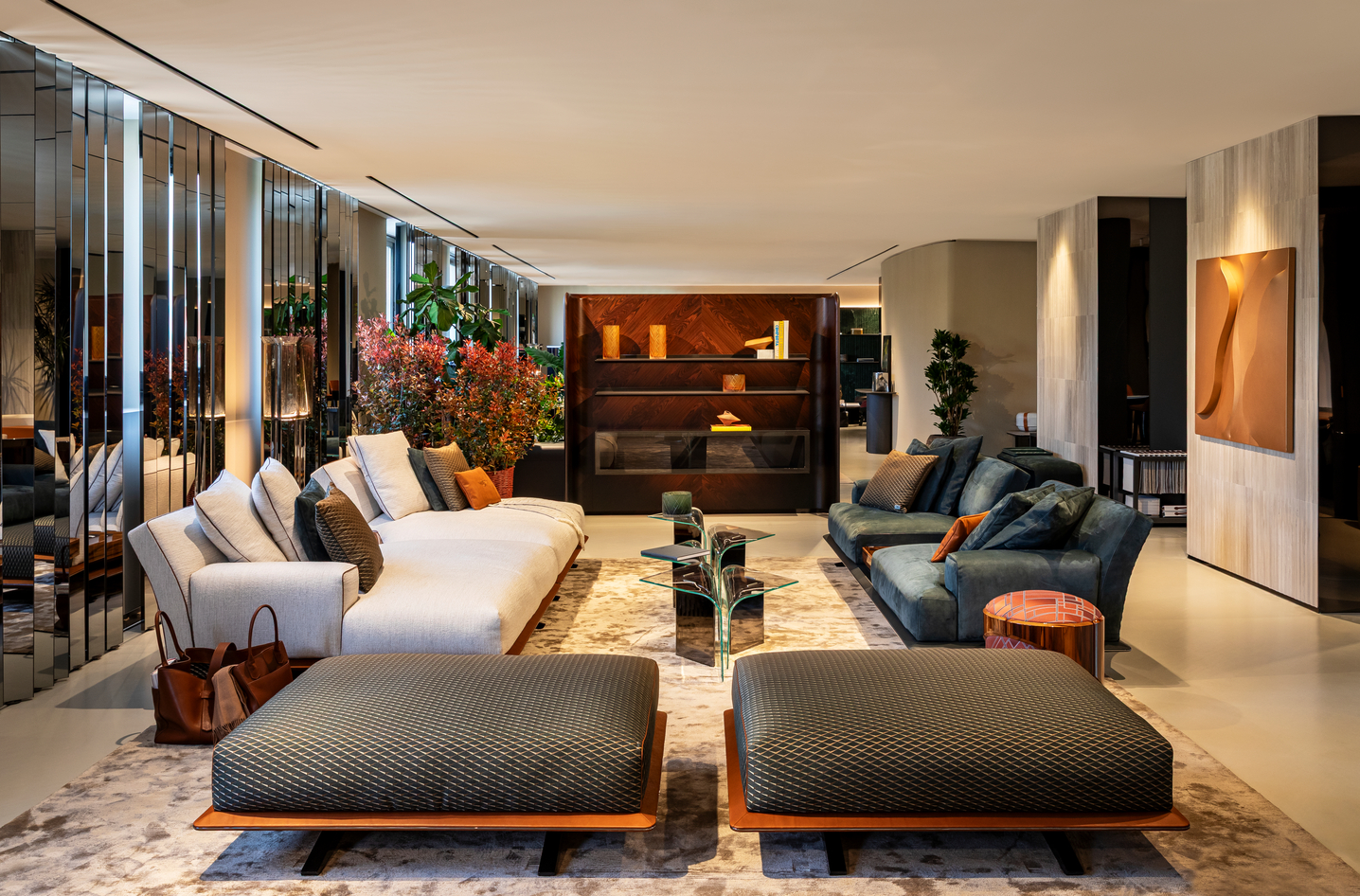 Bentley’s new home collections bring the ‘potency’ of its cars to Milan Design Week
Bentley’s new home collections bring the ‘potency’ of its cars to Milan Design WeekNew furniture, accessories and picnic pieces from Bentley Home take cues from the bold lines and smooth curves of Bentley Motors
By Anna Solomon
-
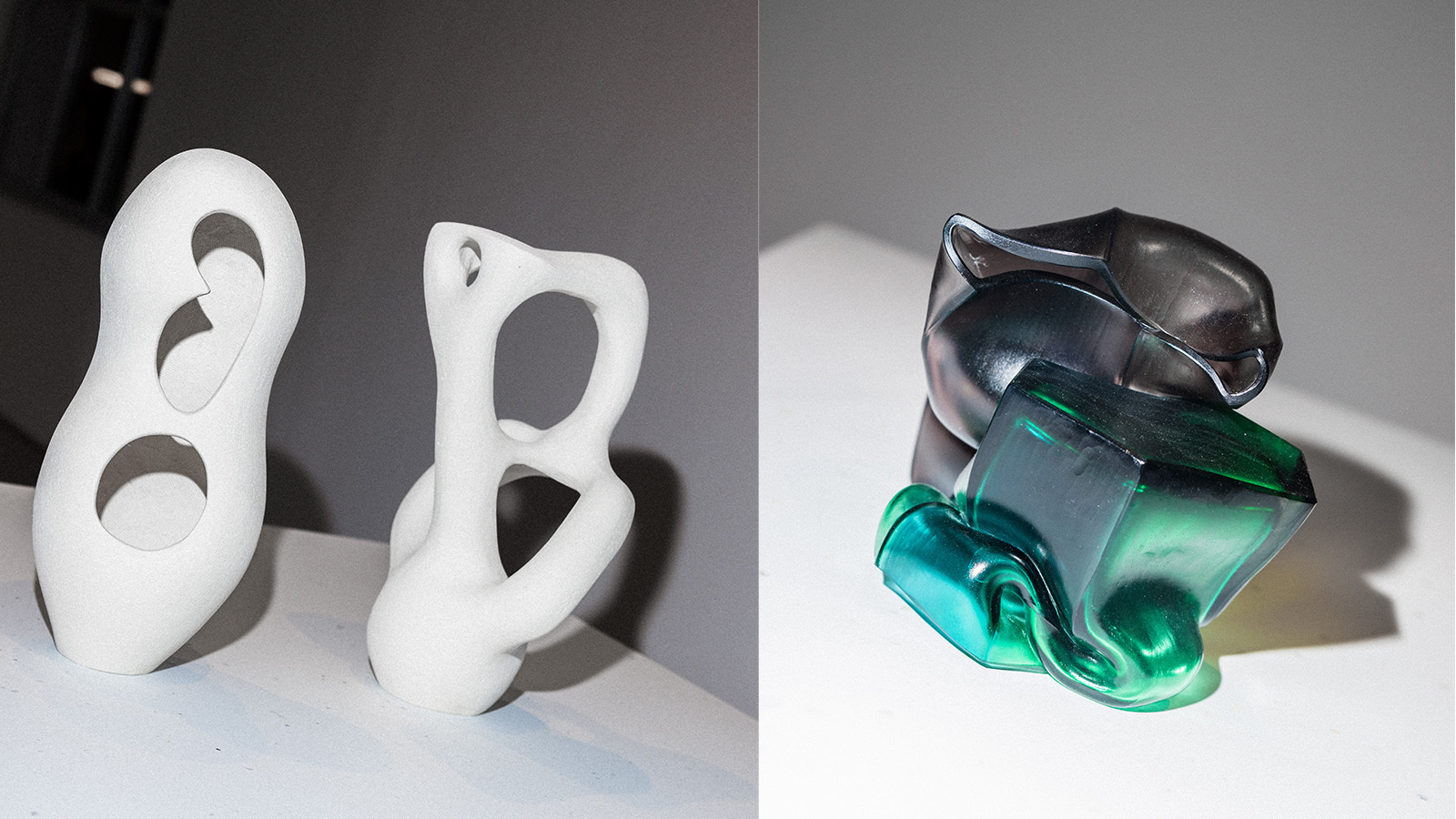 StoneX partners with Wallpaper* for material alchemy at Milan Design Week and beyond
StoneX partners with Wallpaper* for material alchemy at Milan Design Week and beyondThe natural stone purveyor teams up with Wallpaper* for a three-year partnership of material adventures, starting with an exhibition at Triennale di Milano
By Simon Mills
-
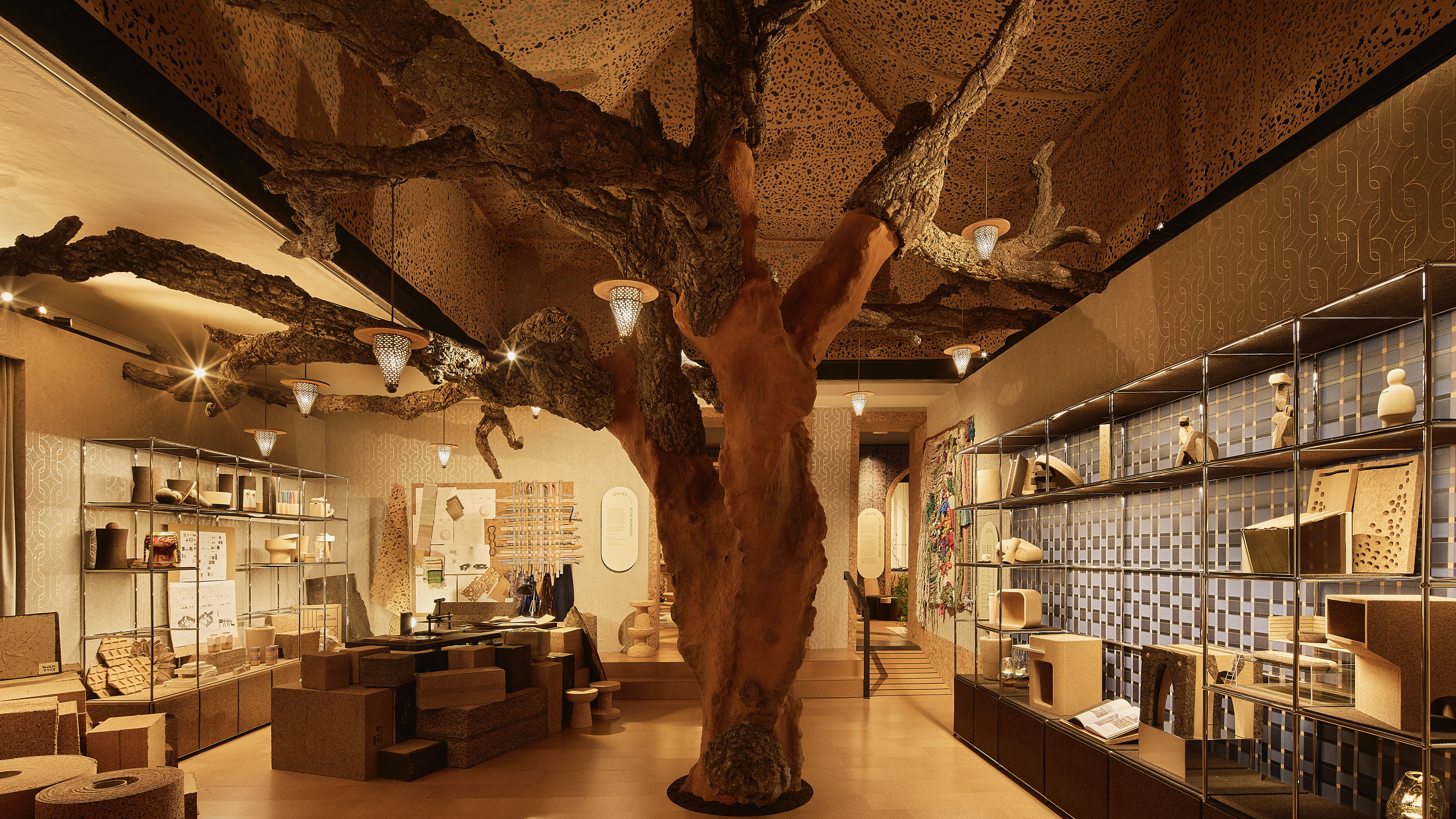 David Rockwell’s Milan Design Week presentation is a love letter to cork
David Rockwell’s Milan Design Week presentation is a love letter to corkRockwell Group’s Casa Cork installation showcases this under-appreciated material, which is infinitely recyclable and sequesters carbon for decades
By Anna Solomon
-
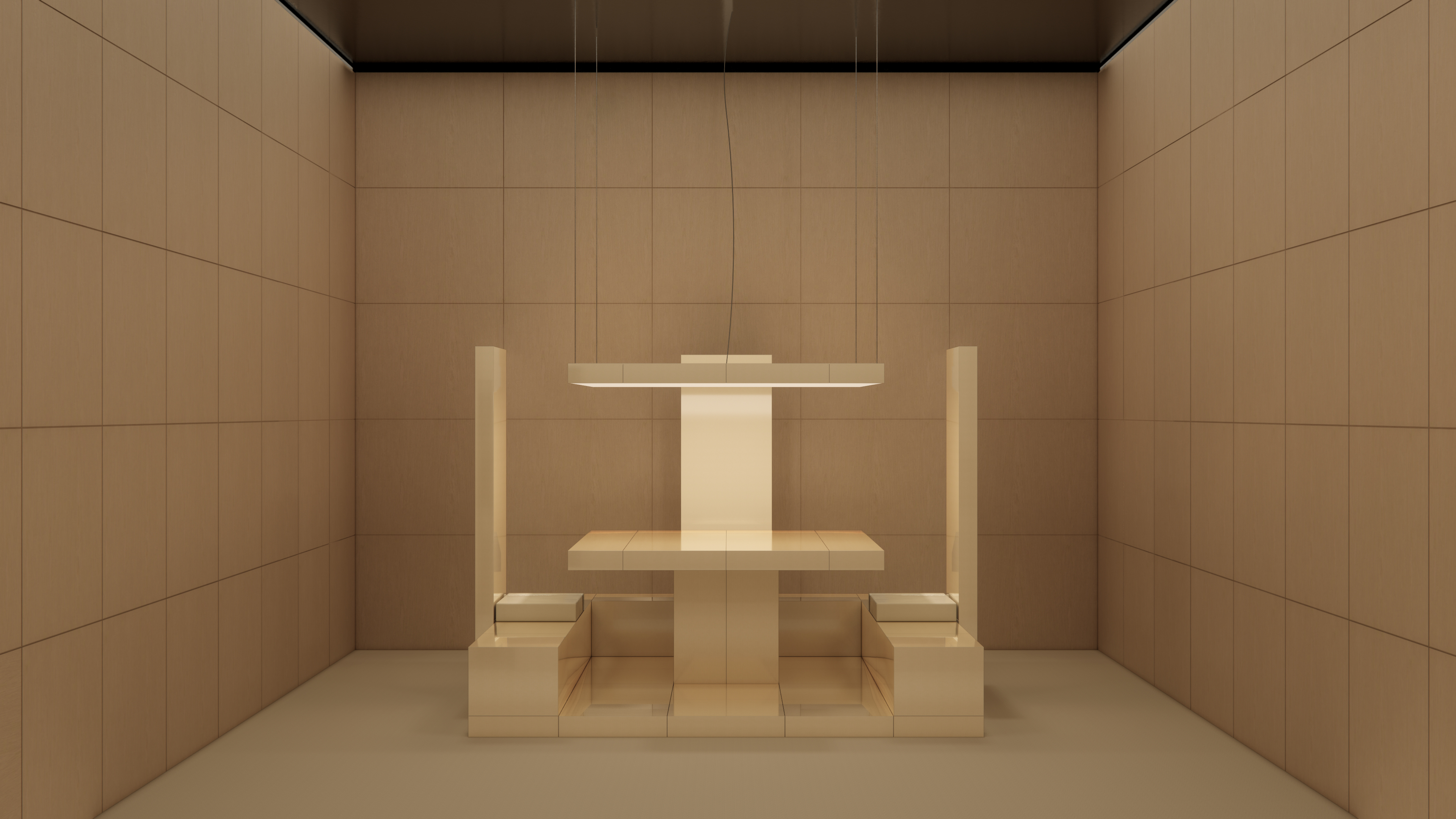 Emerging galleries to discover during Milan Design Week
Emerging galleries to discover during Milan Design WeekWallpaper’s Milan editor has the inside track on the younger design galleries coming to town
By Laura May Todd
-
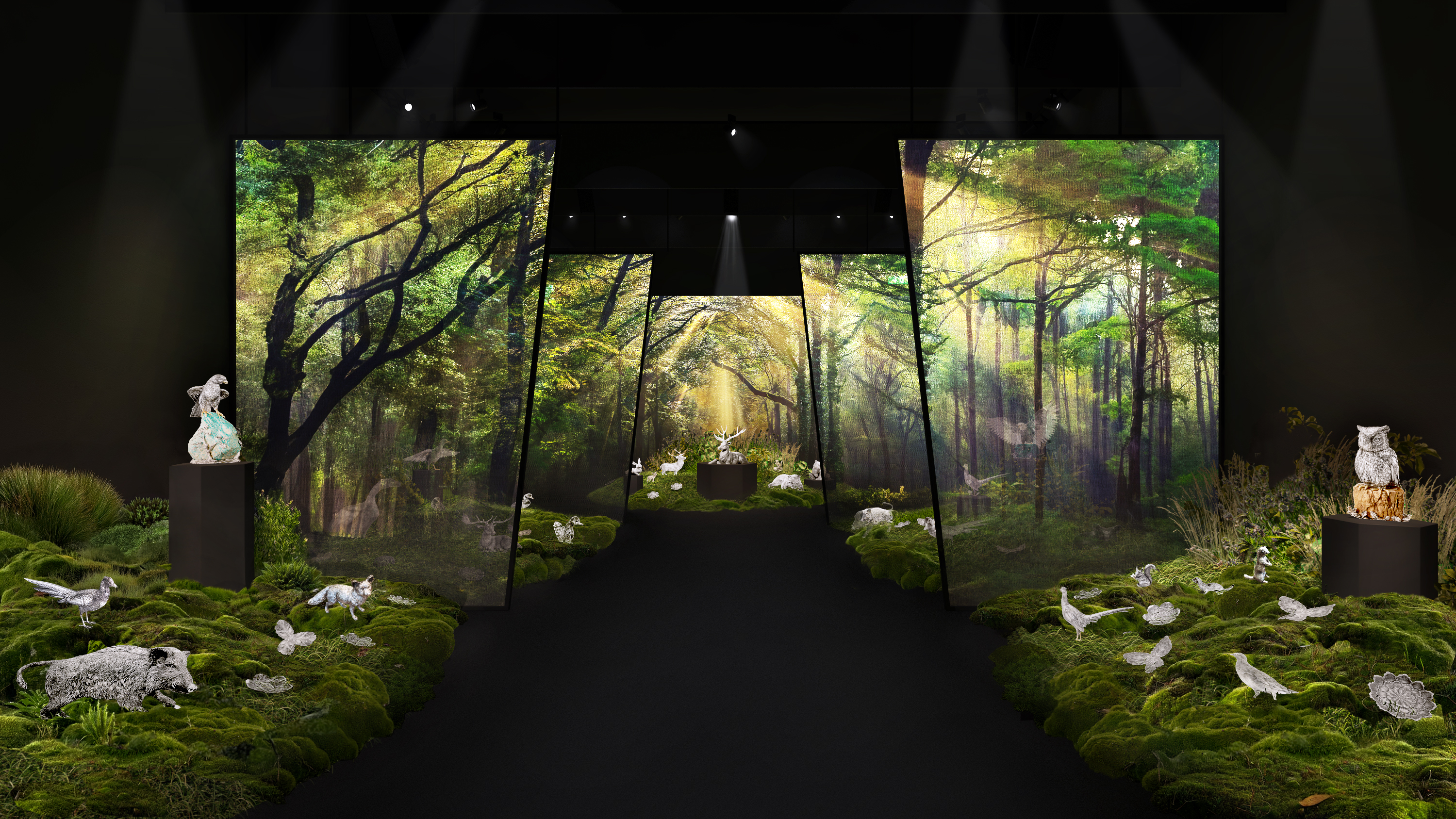 Buccellati brings the forest and Furry Animals to Milan Design Week
Buccellati brings the forest and Furry Animals to Milan Design WeekThe jewellery and silverware maison falls back on tradition for its Milan showcase, presenting its now-emblematic collection of intricately crafted creatures
By Laura May Todd
-
 Where next for Salone del Mobile? Maria Porro on the future of the world’s biggest furniture fair
Where next for Salone del Mobile? Maria Porro on the future of the world’s biggest furniture fairAhead of Salone del Mobile 2025 in Milan, we sit down with its president to talk design, data and forging the event’s future in a fast-changing world
By Hugo Macdonald
-
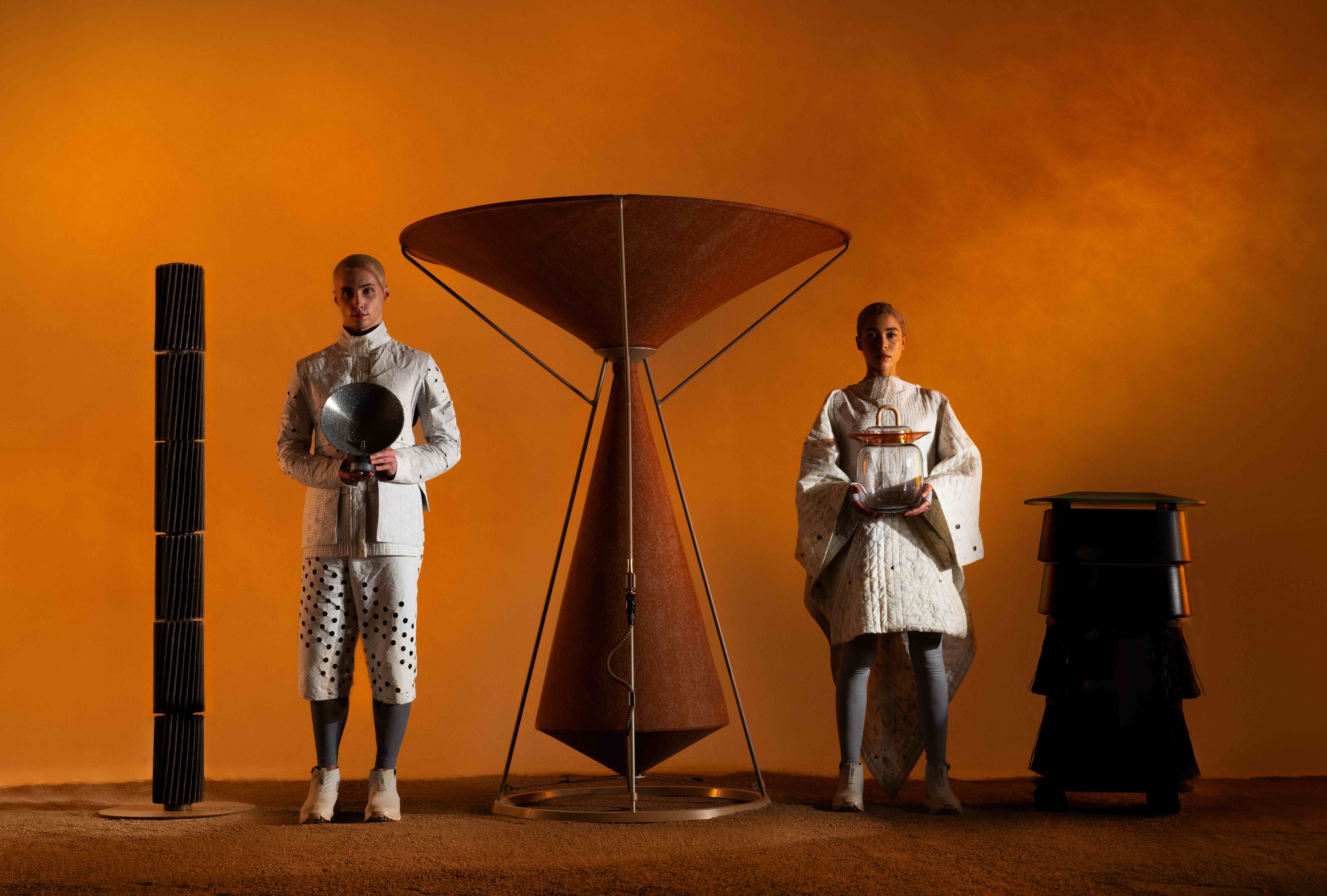 What to see at Milan Design Week 2025
What to see at Milan Design Week 2025A guide to some of the events the Wallpaper* team is checking out at Milan Design Week (7–13 April) – from public installations and major launches to standout venues and must-see exhibitions
By Hugo Macdonald